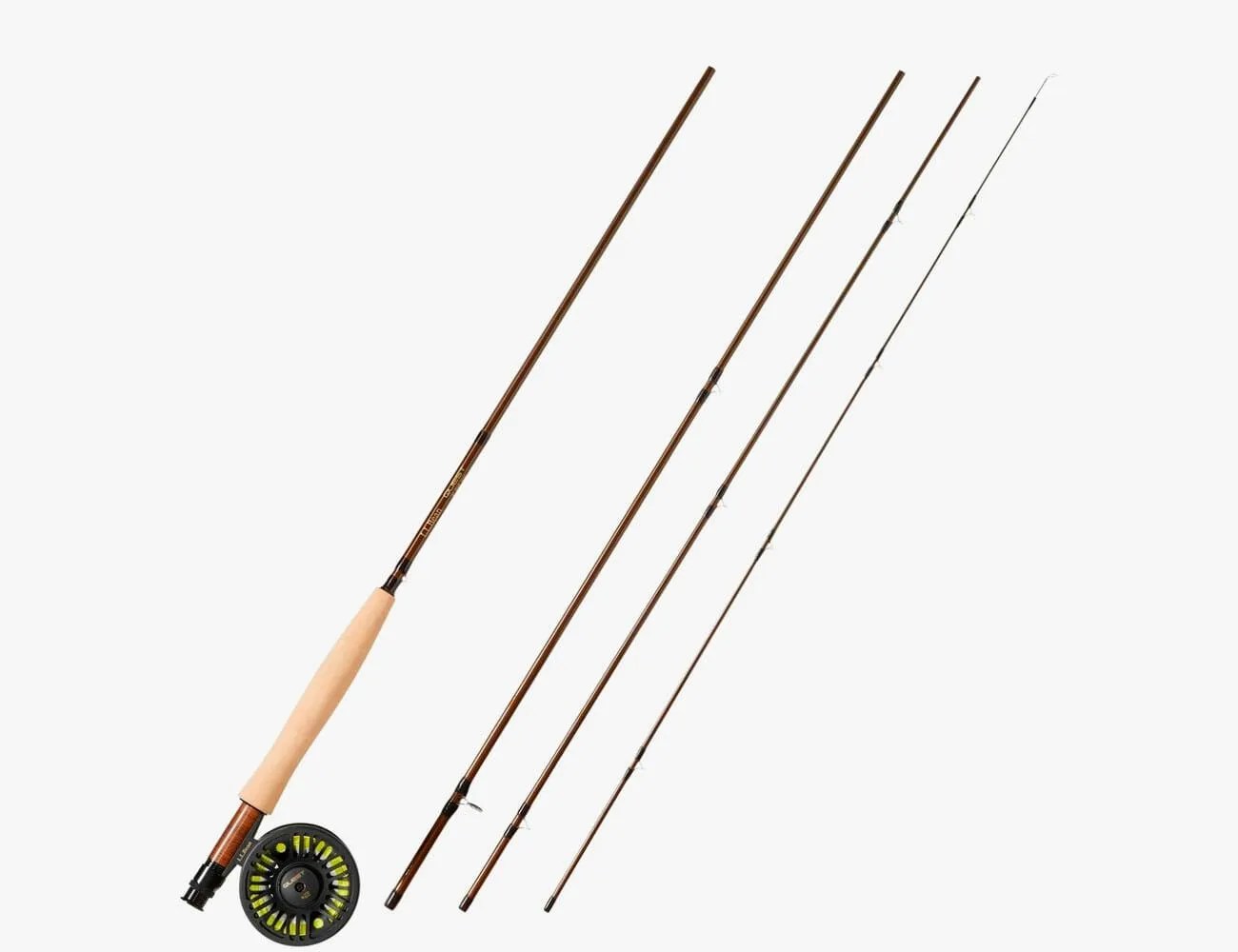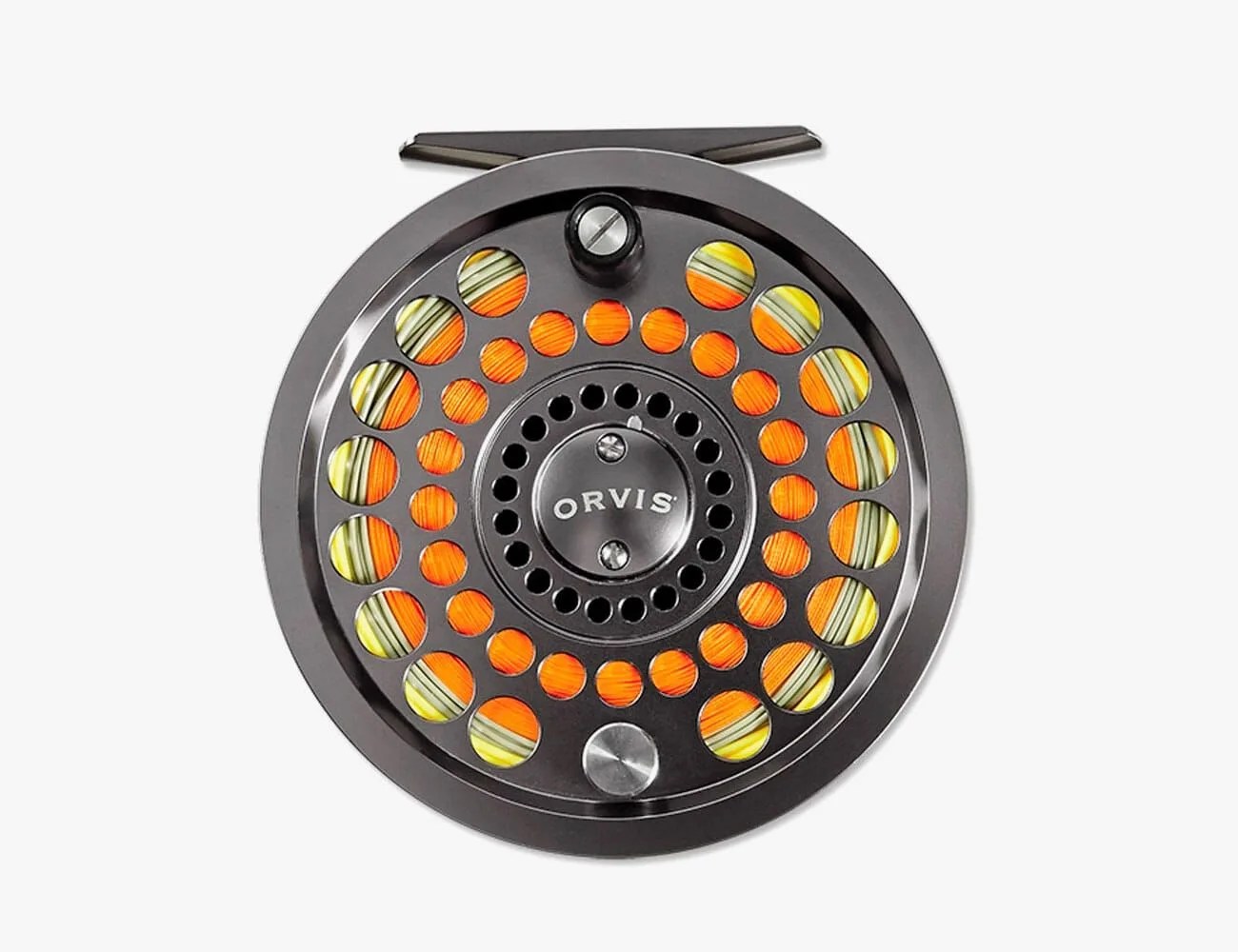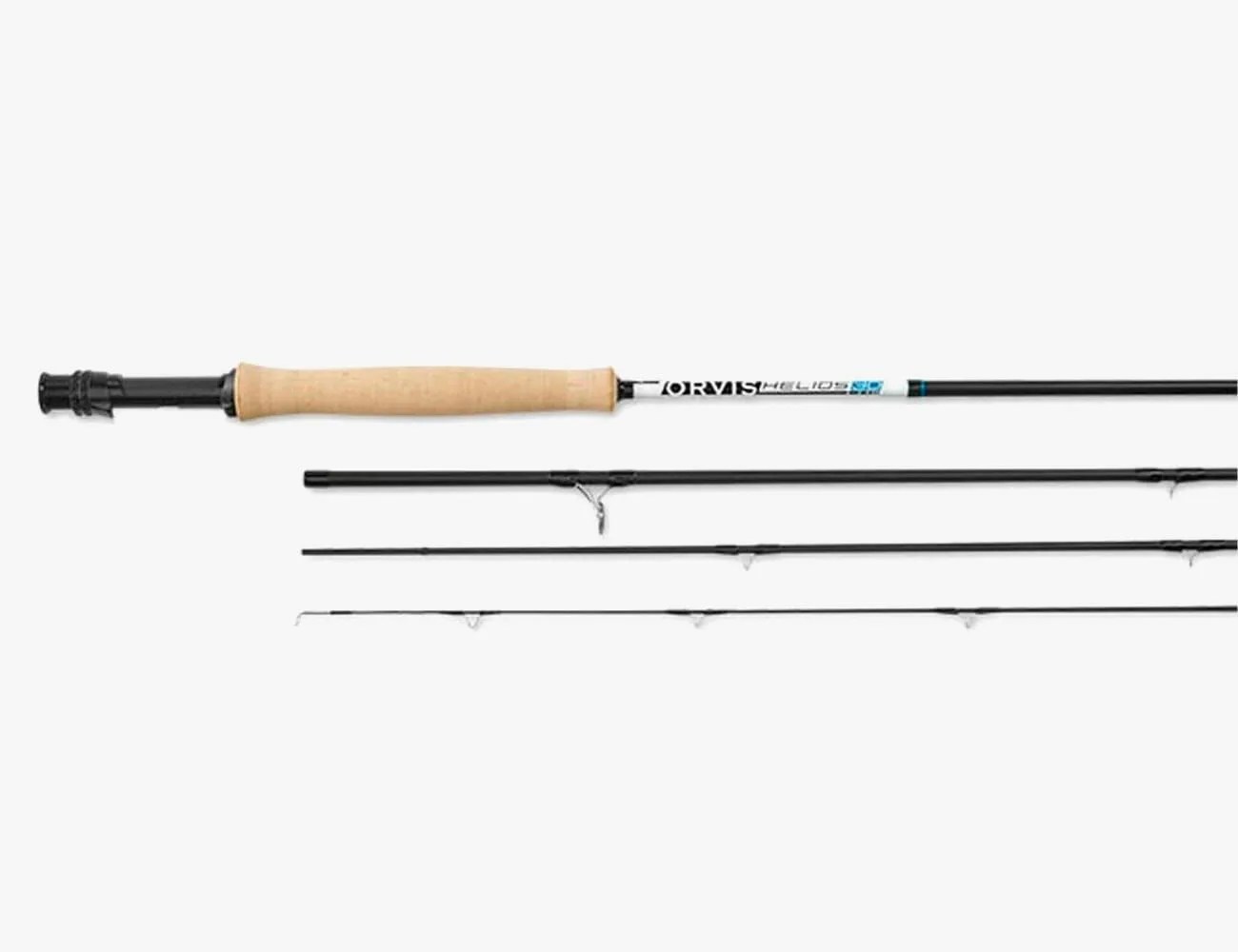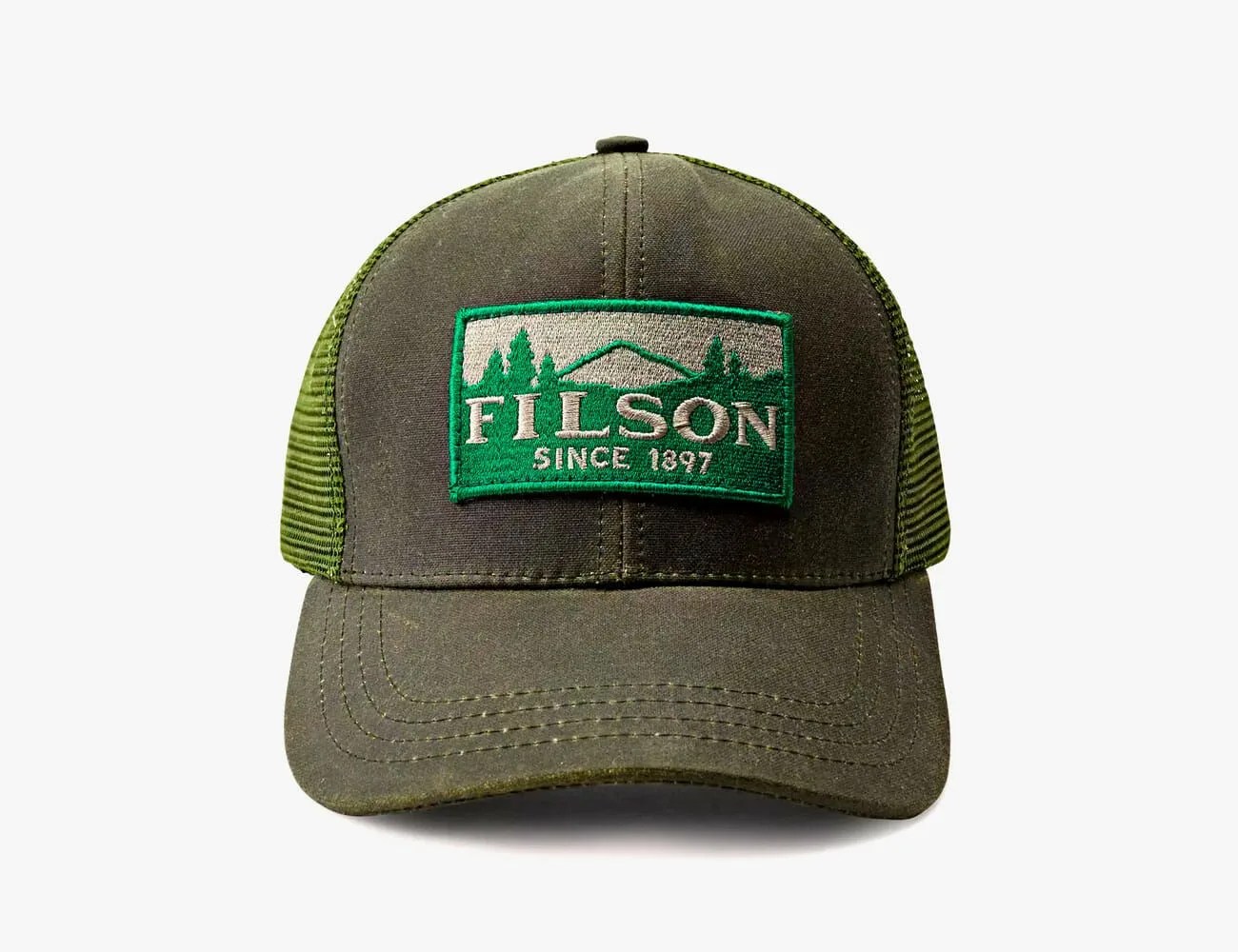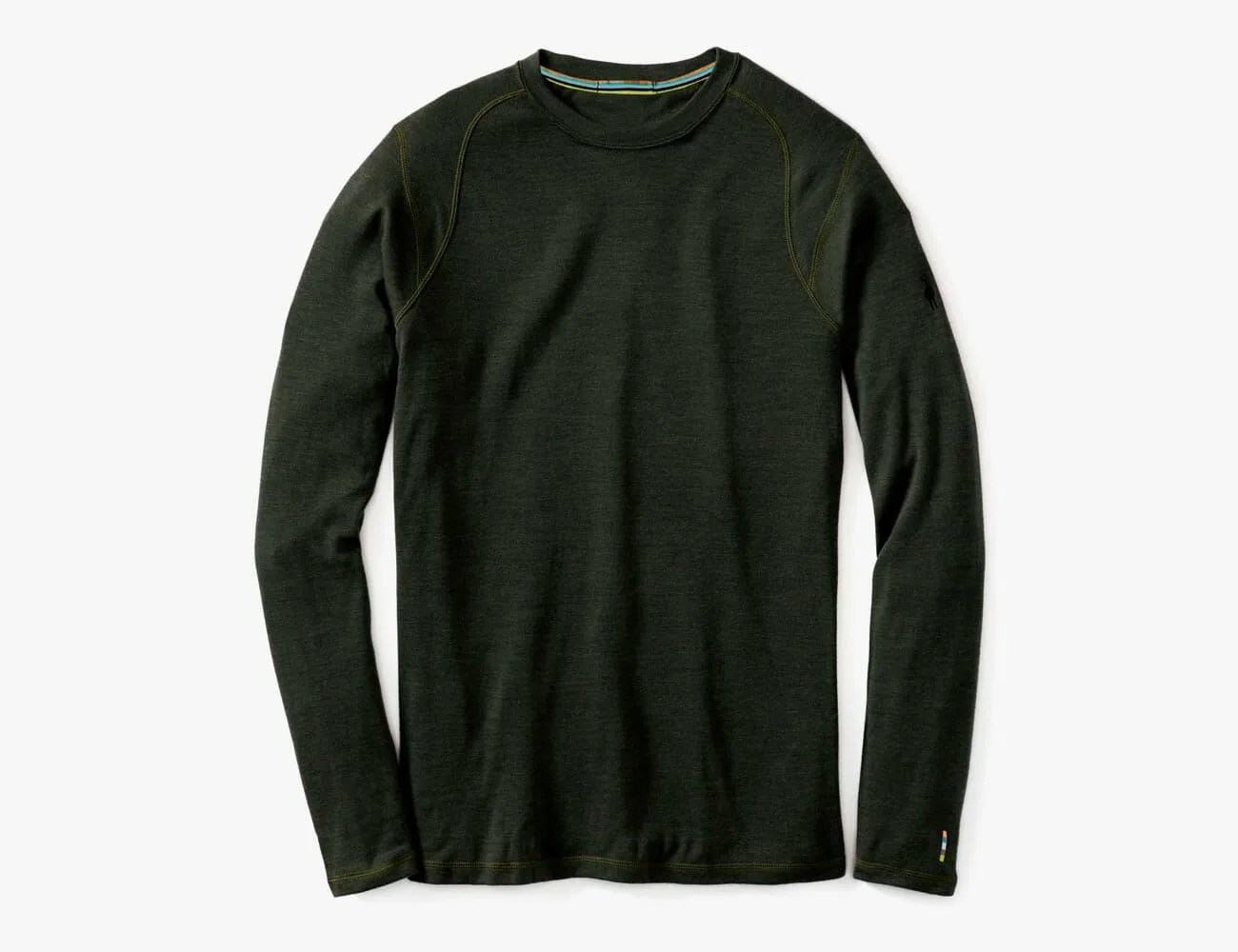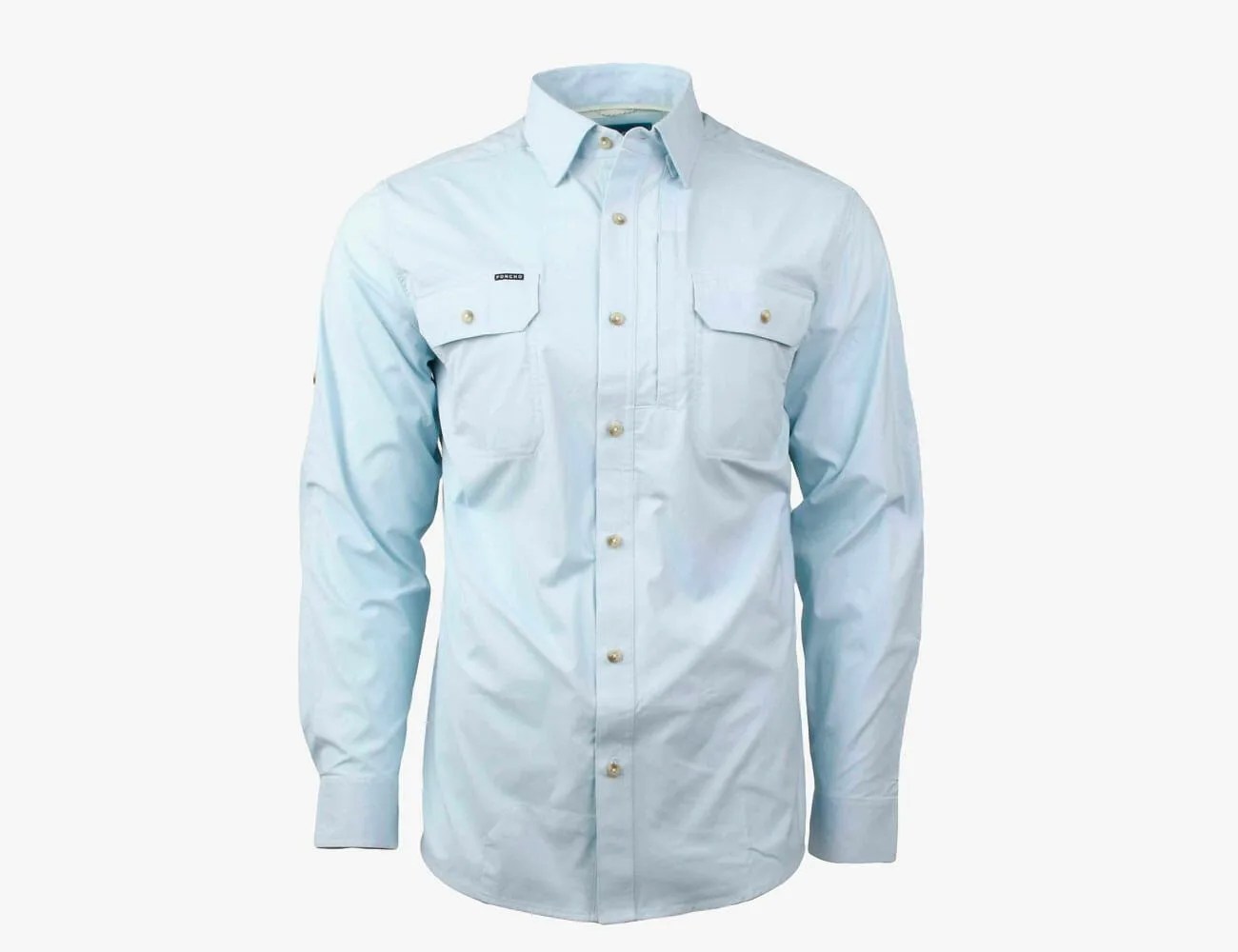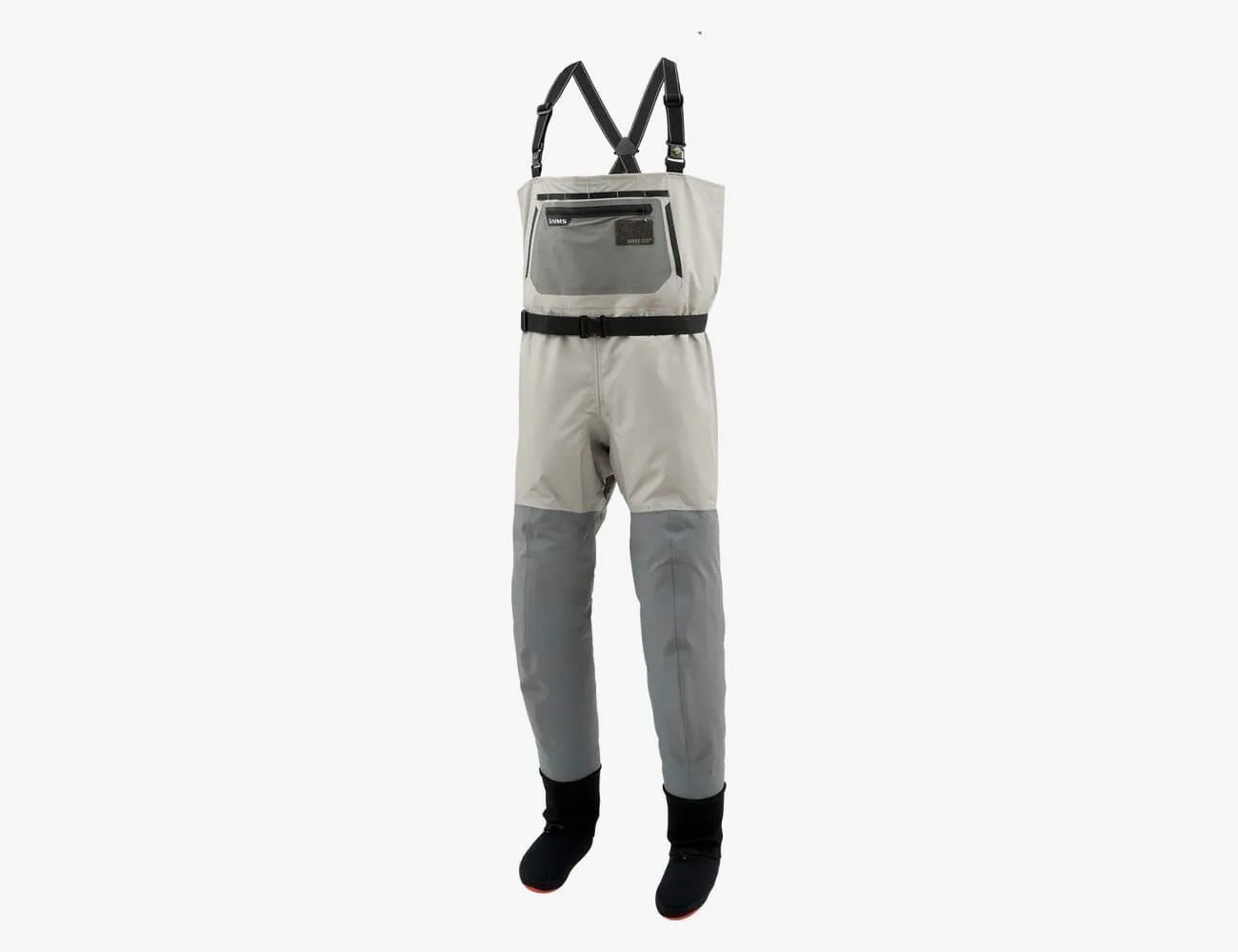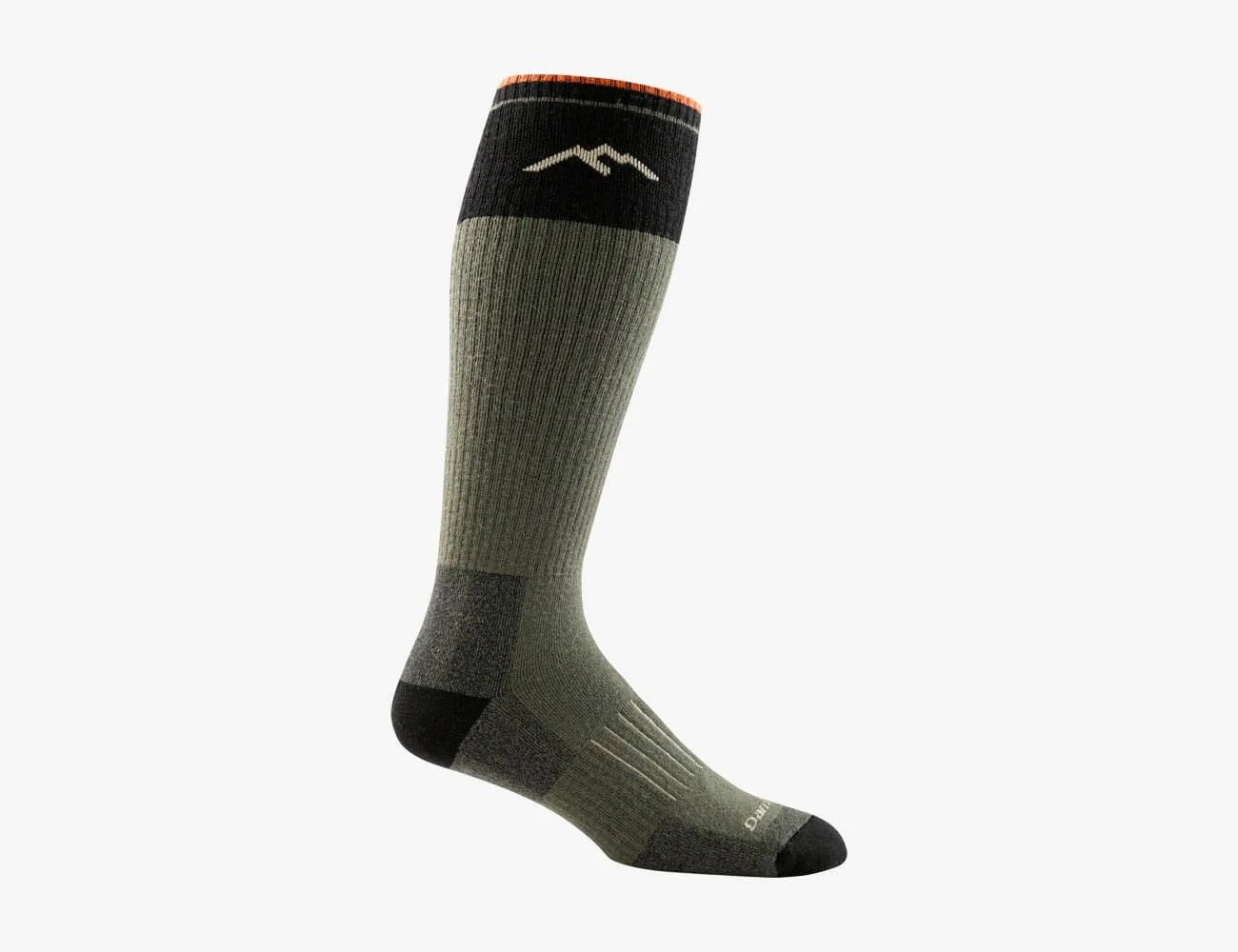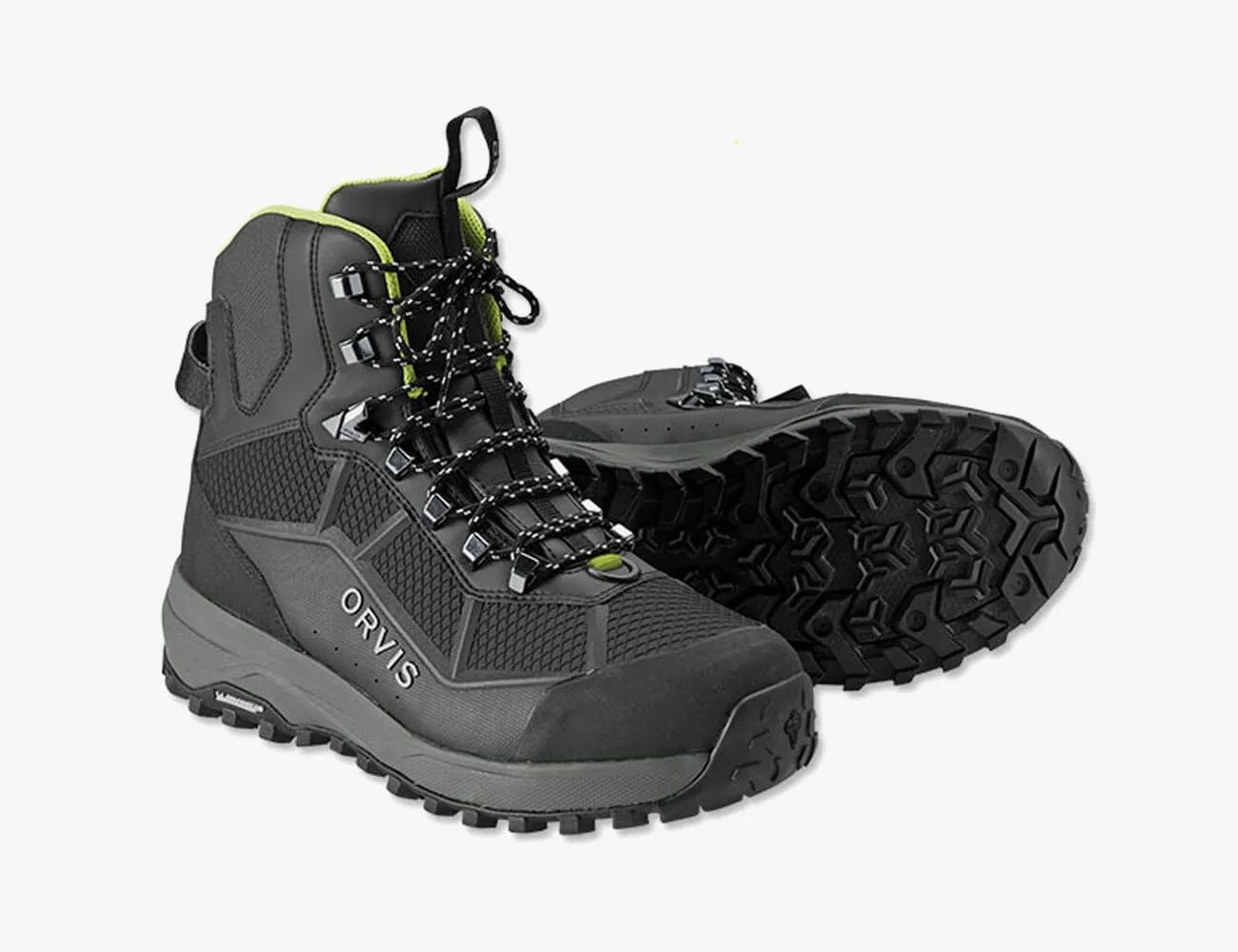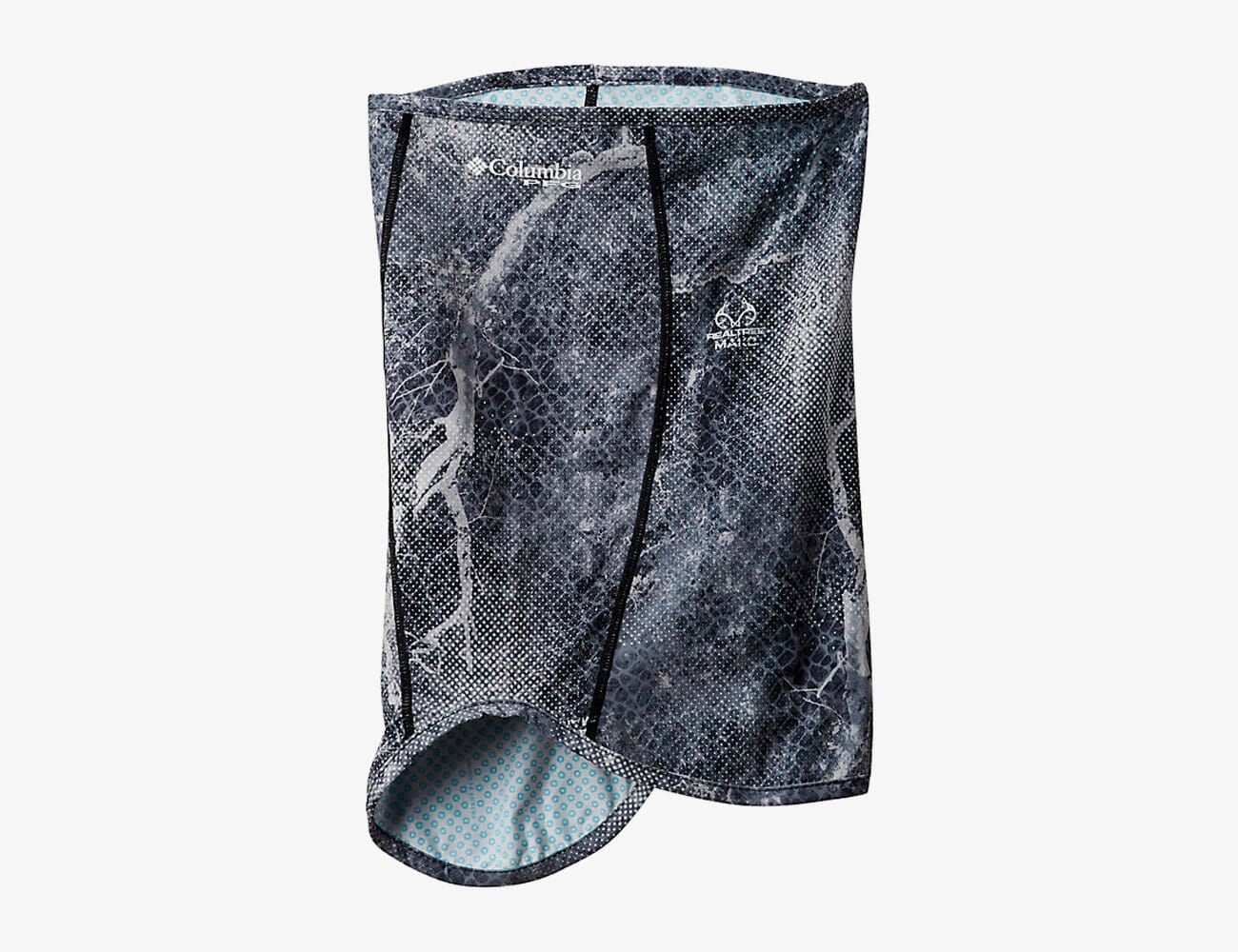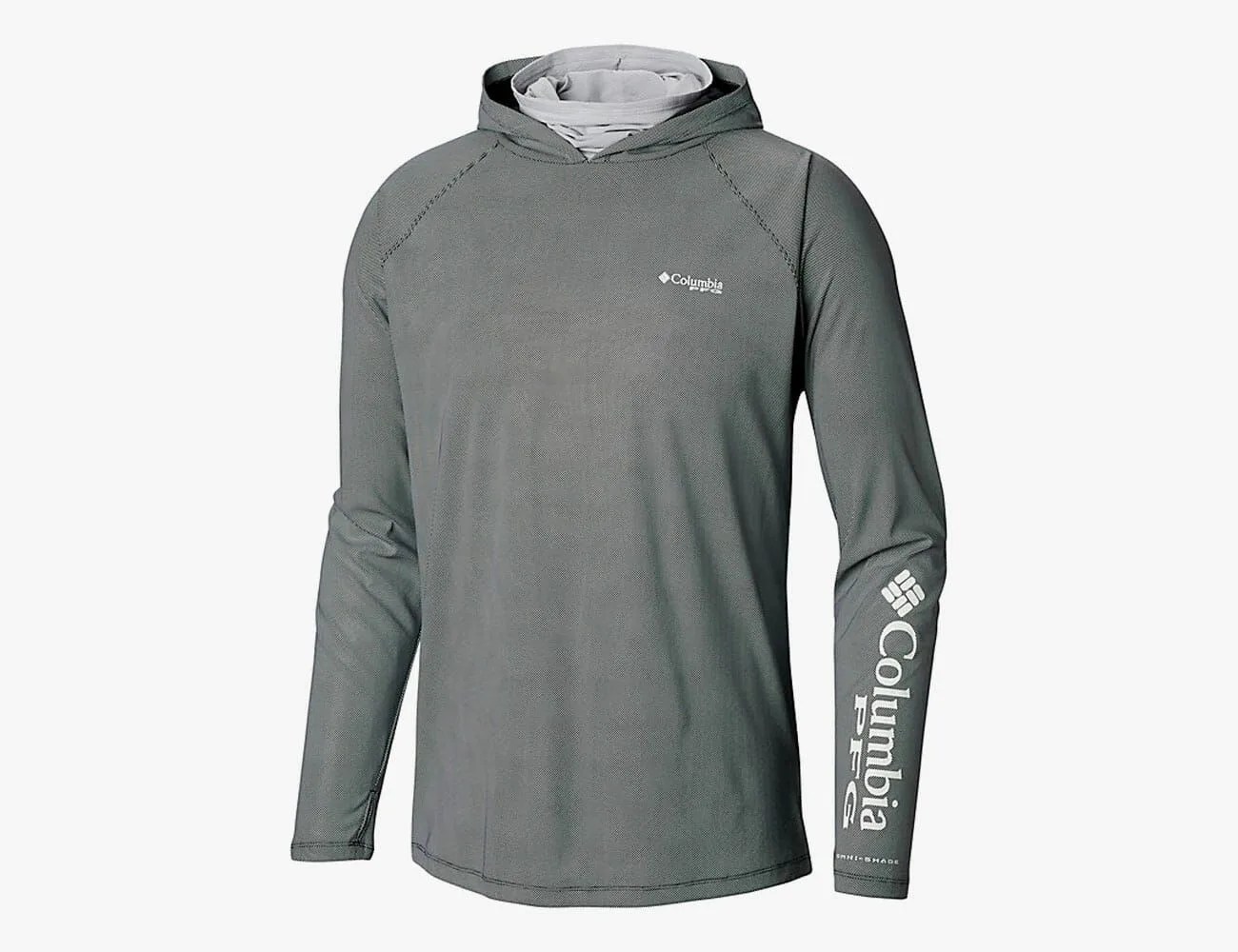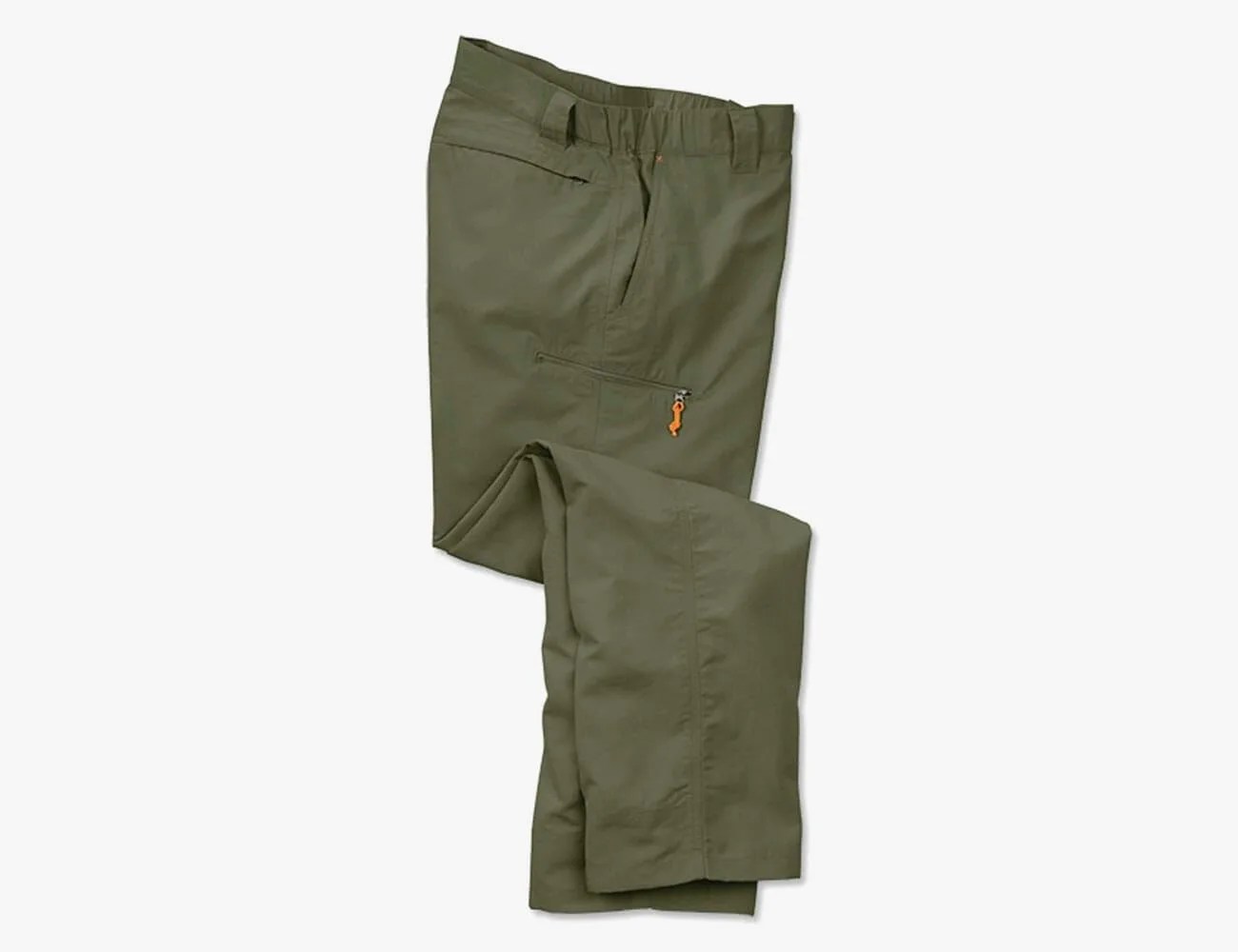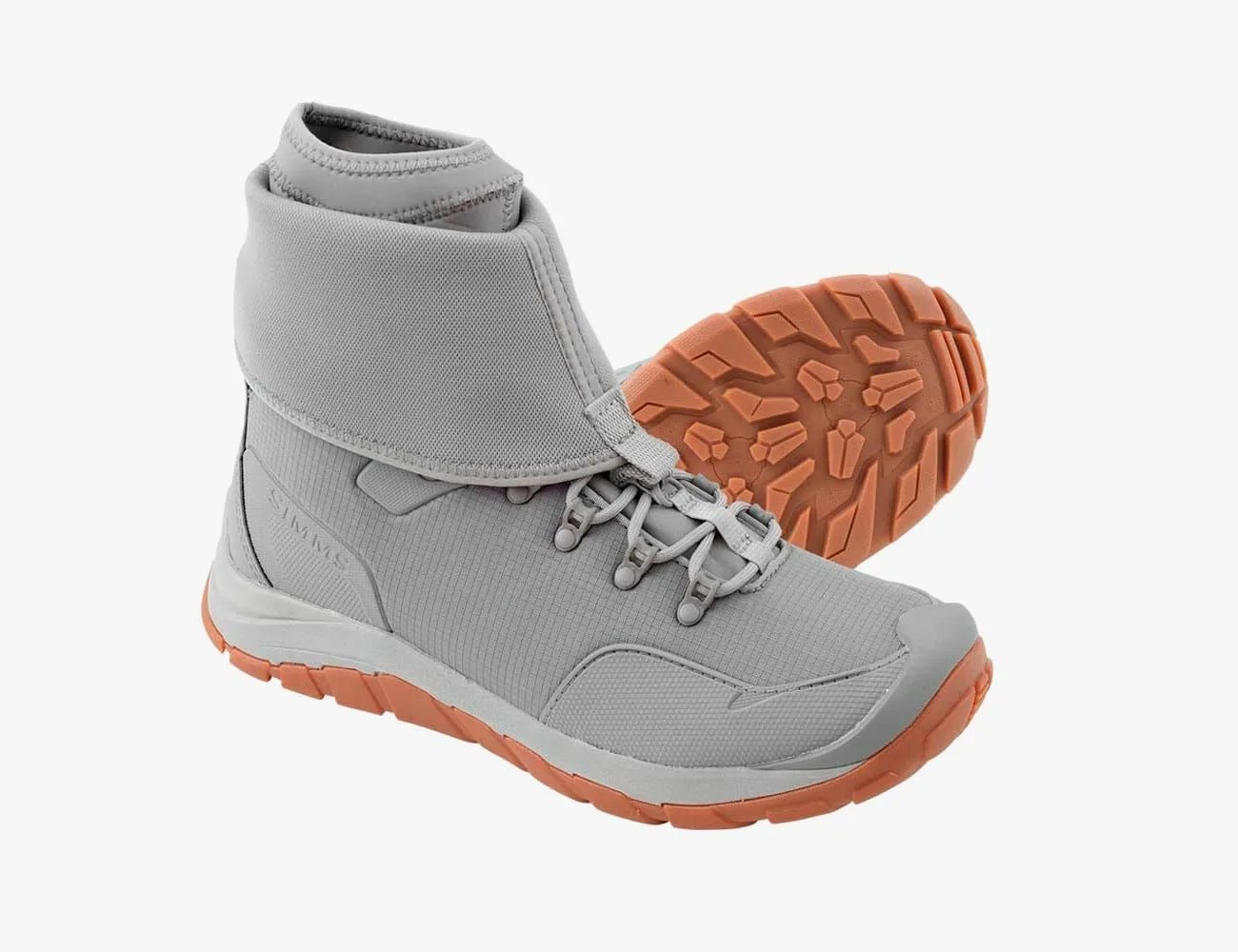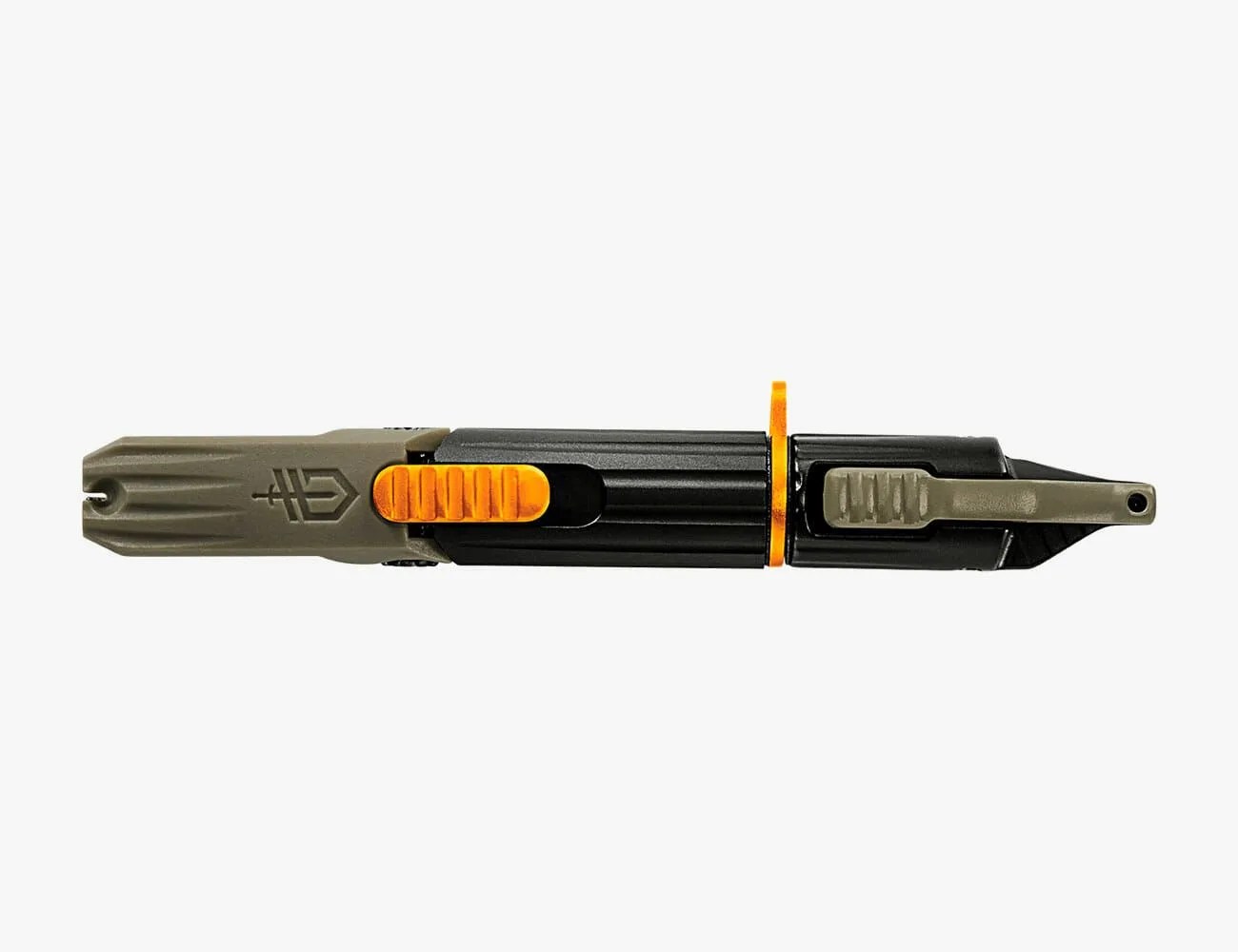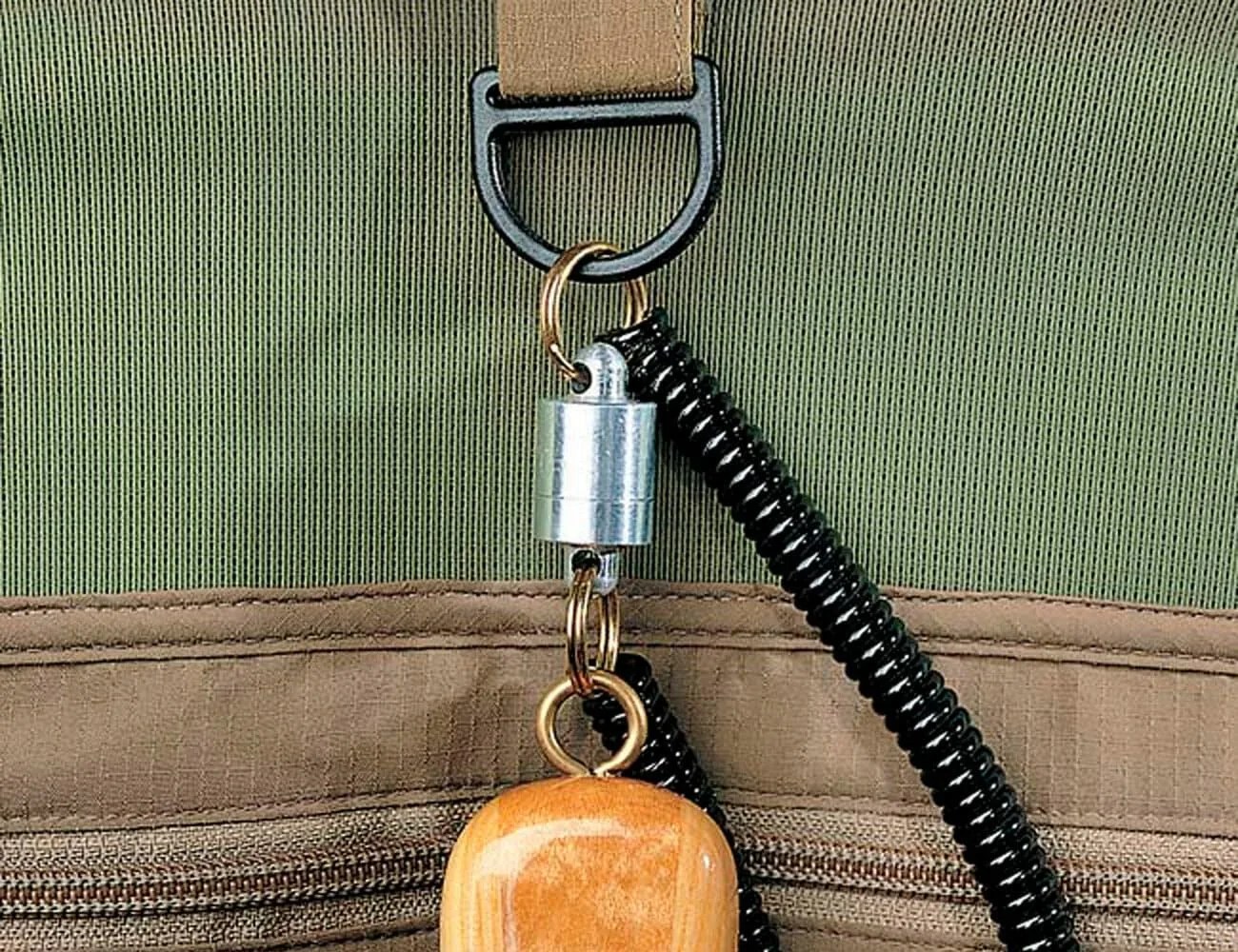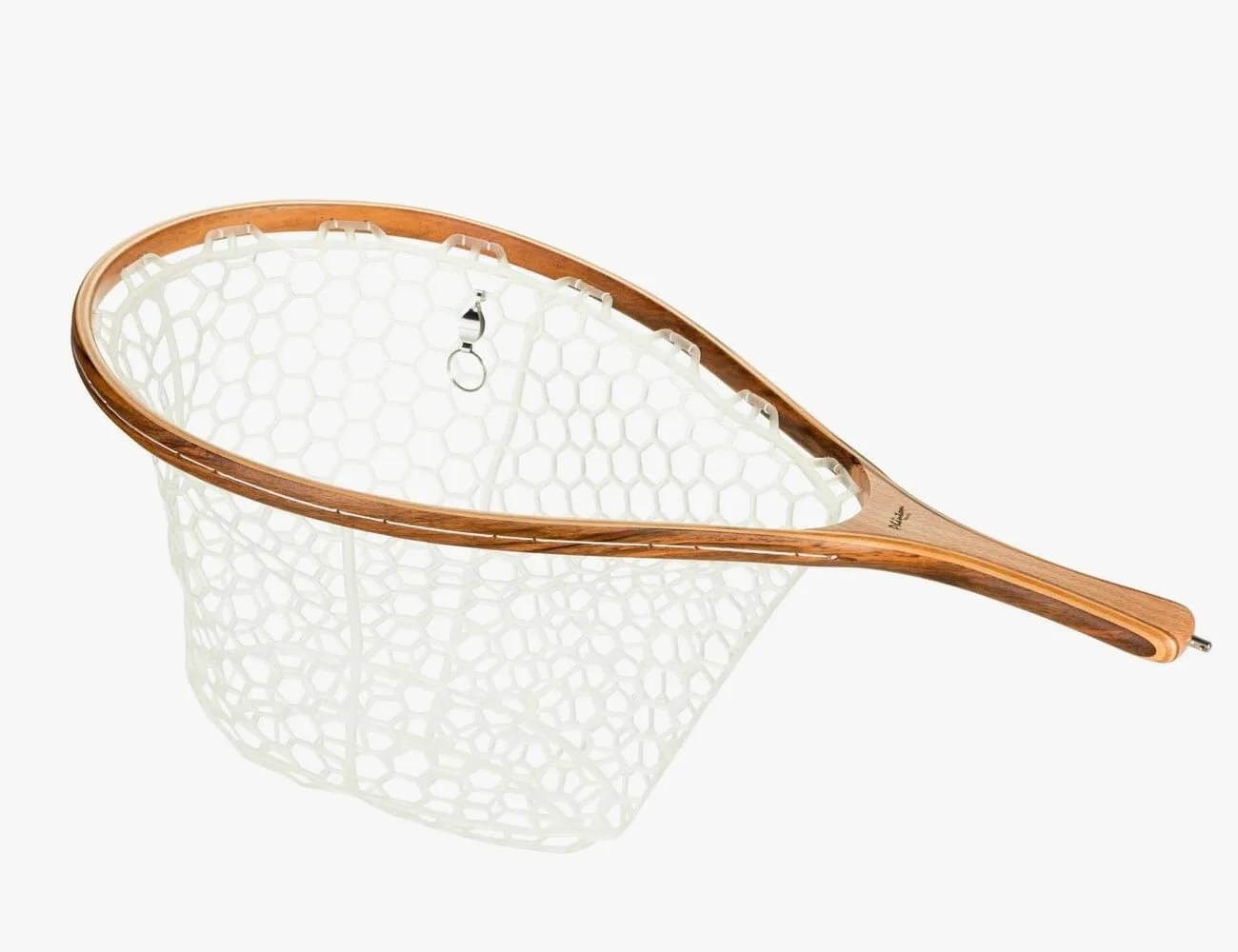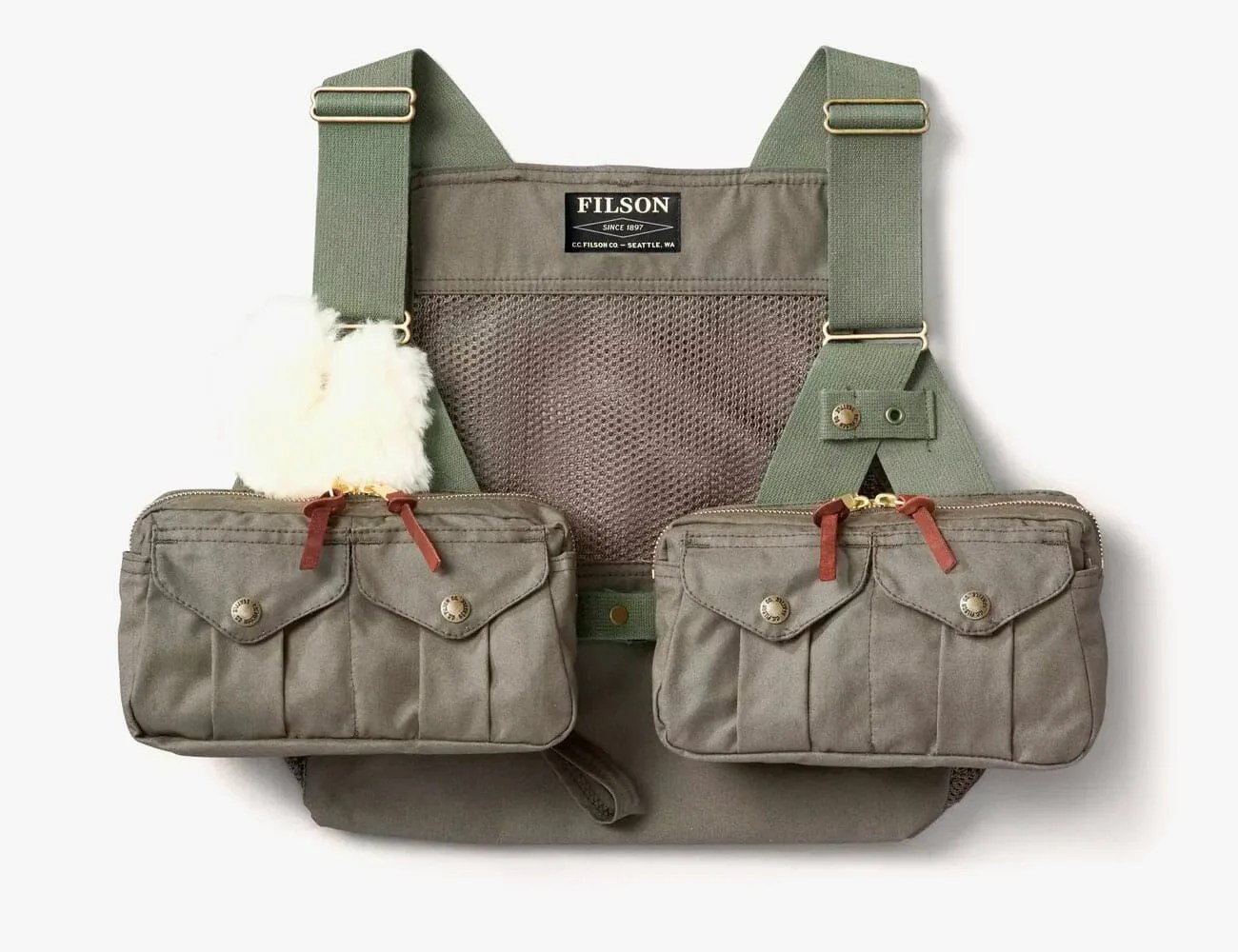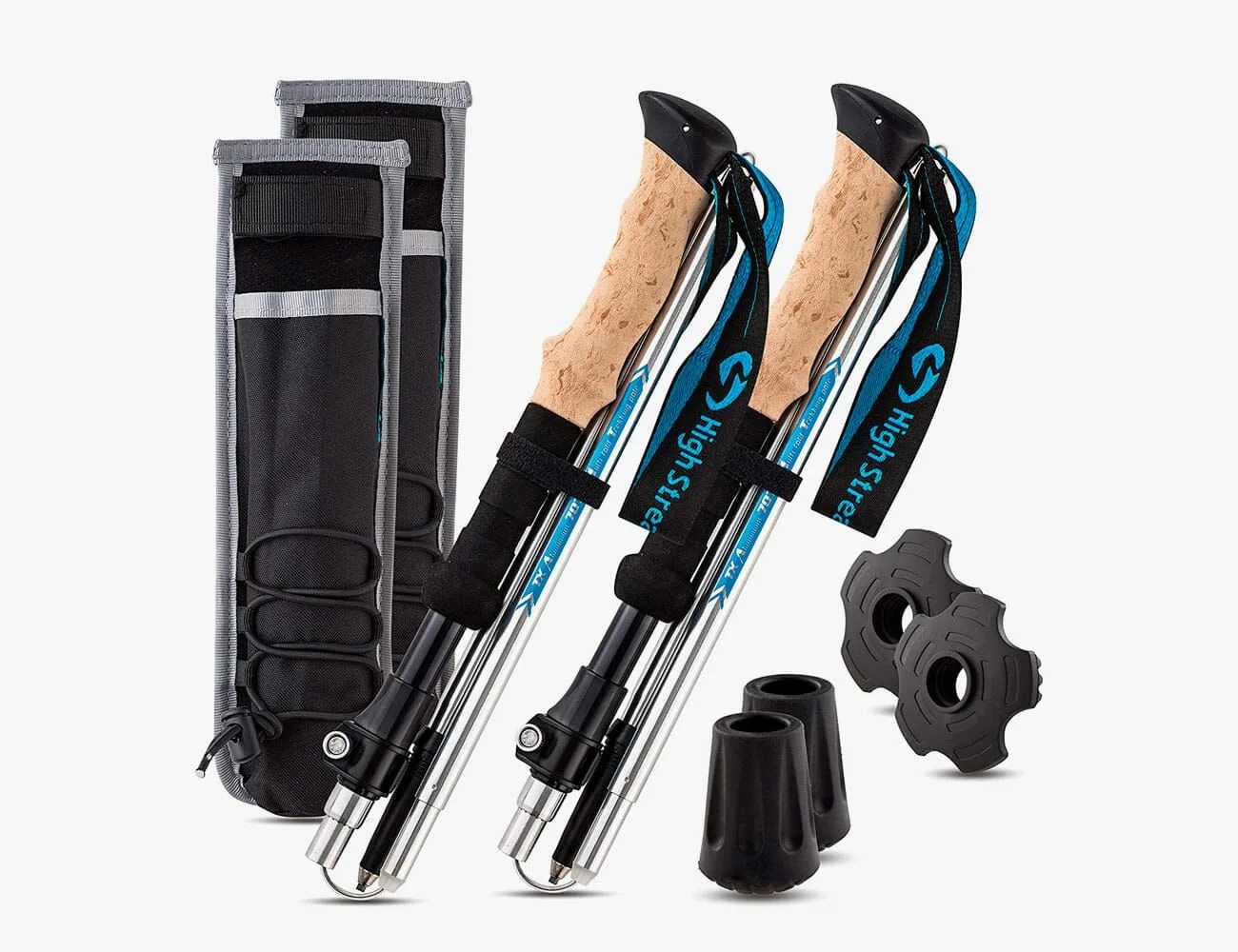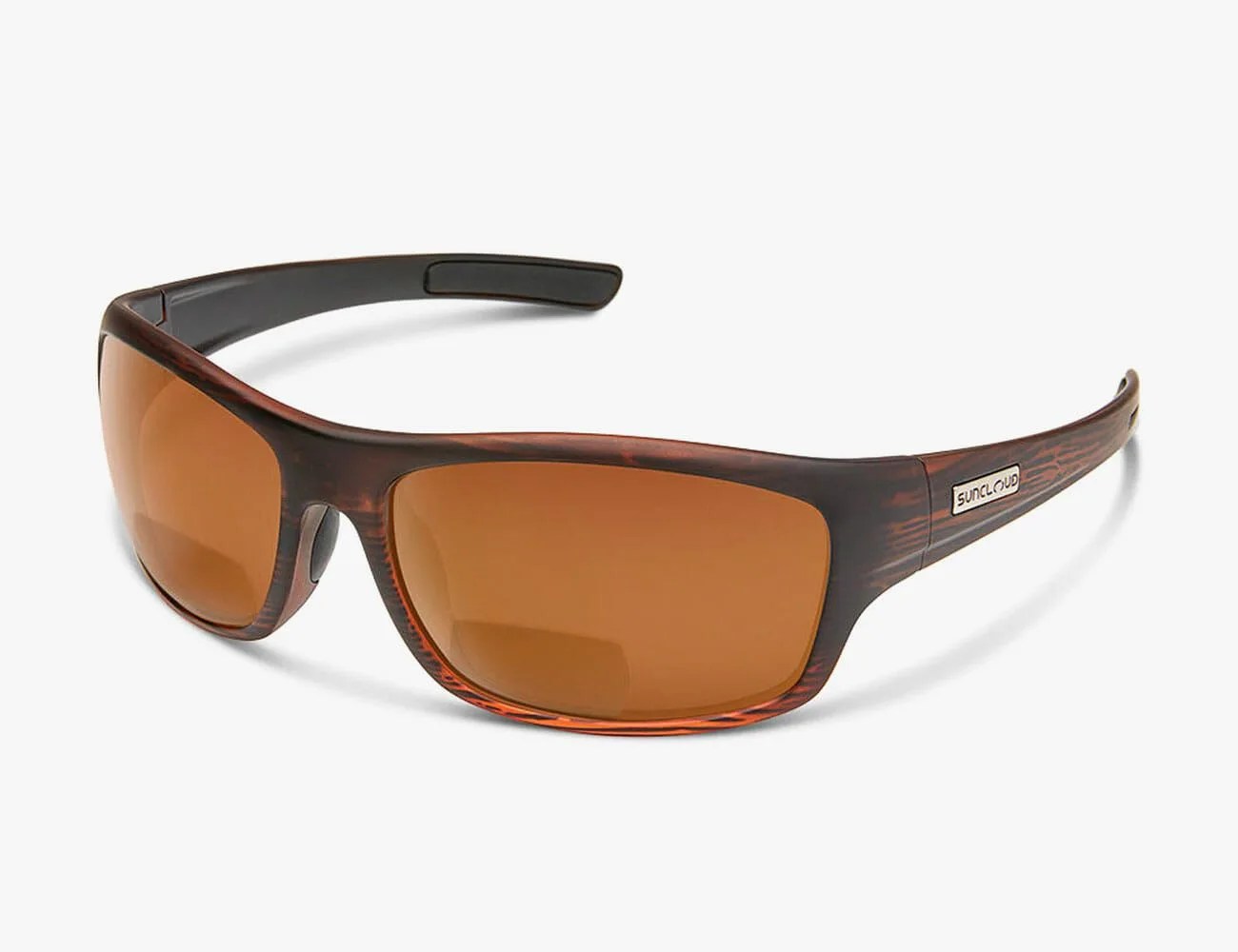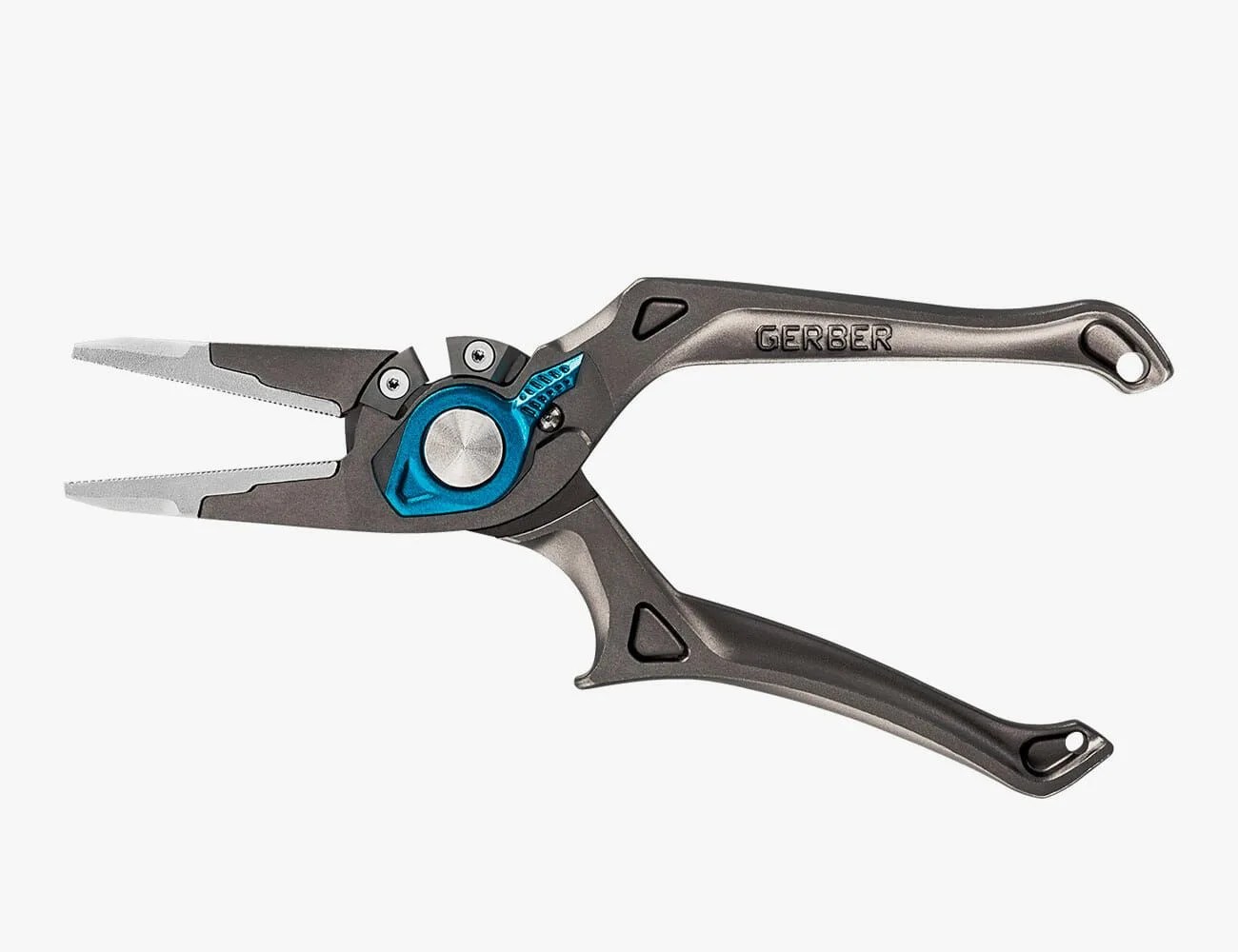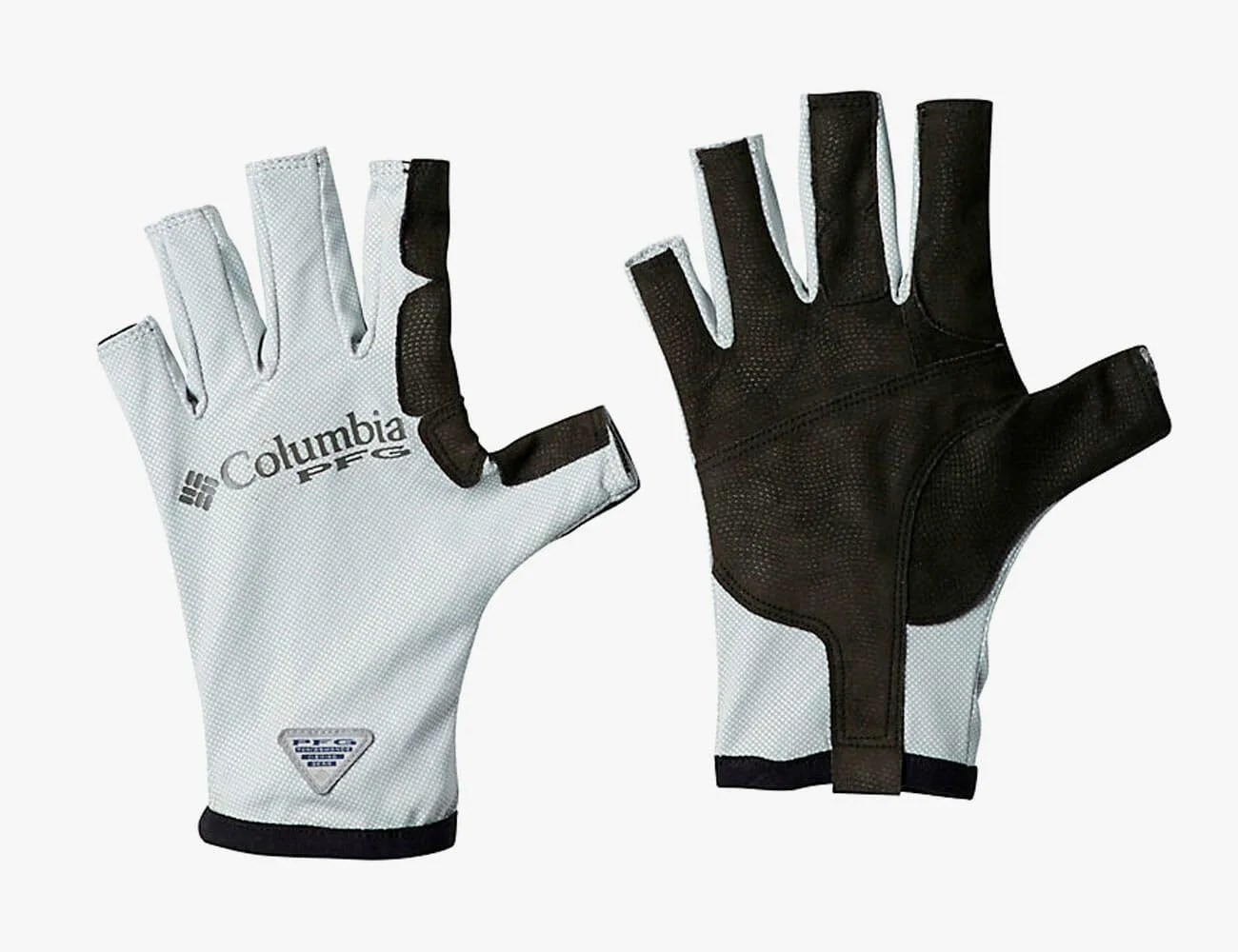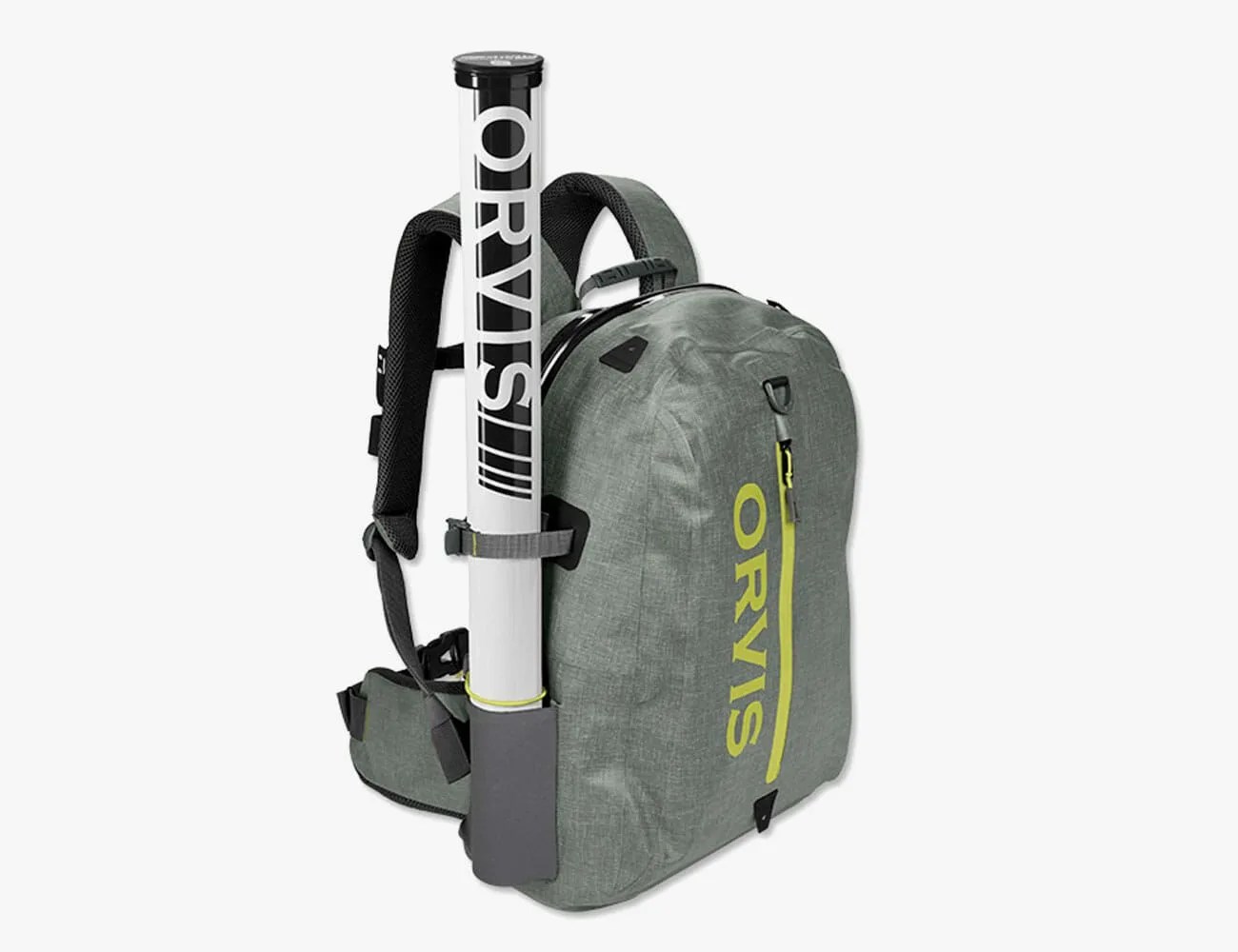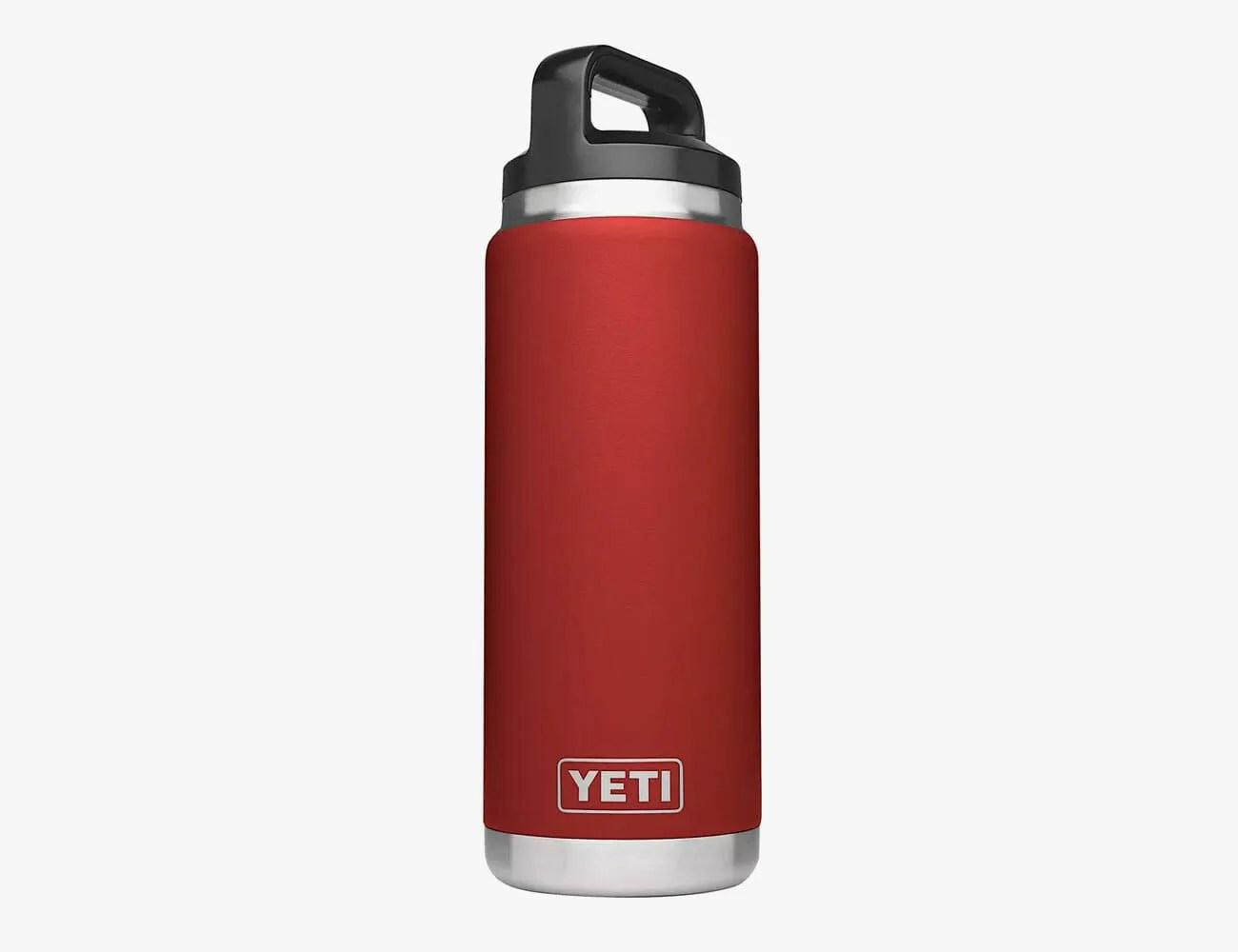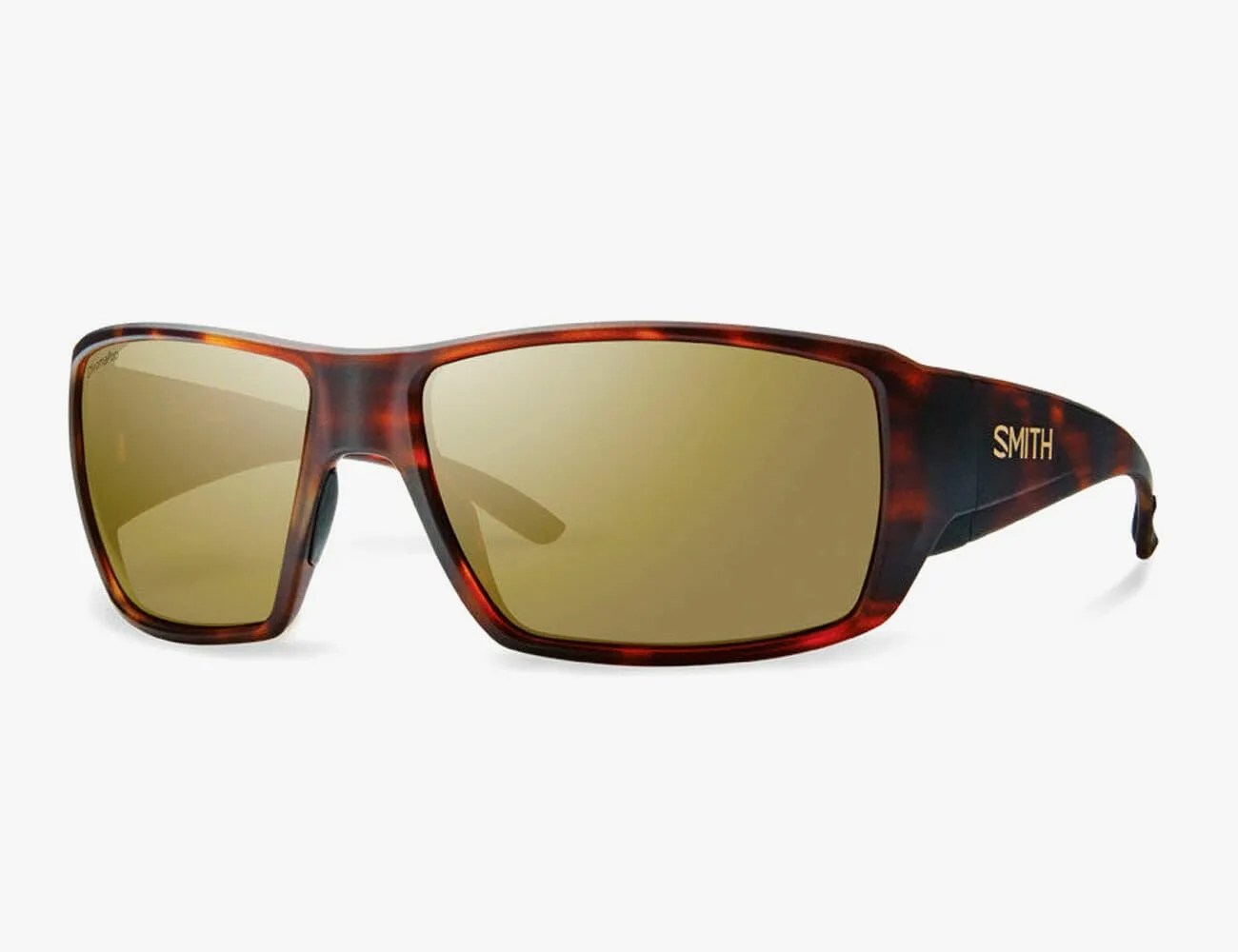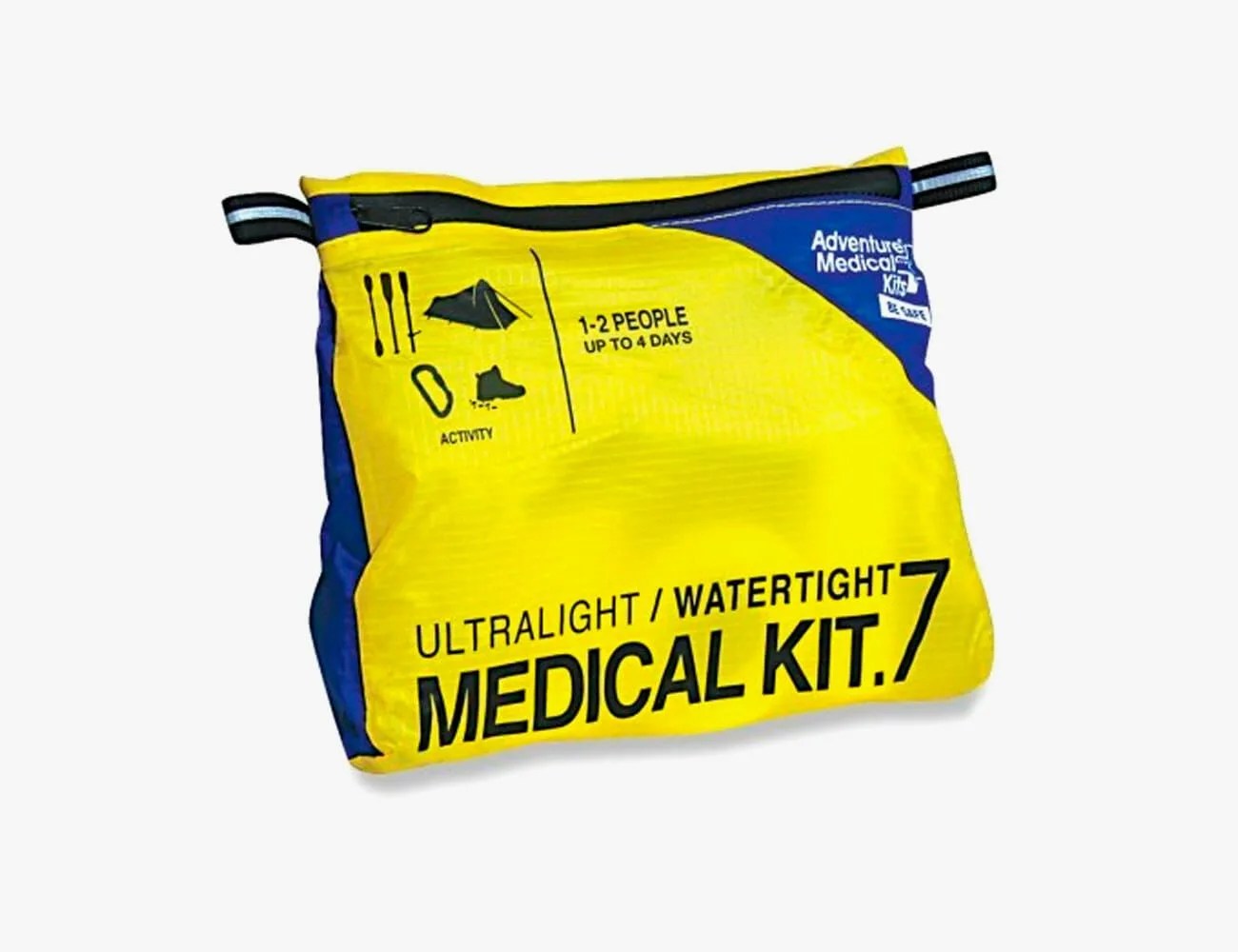When you first start fly fishing, there are only a few basic things you need: a rod and reel, some flies and a decent pair of sunglasses. But, the catch with fishing gear is that it largely depends on where you’re going. Generally speaking, saltwater fly-fishing requires a heavier rod and a reel with a good drag system to deliver casts in the wind and surf, and to battle strong fighters like striped bass, redfish, bonefish and tarpon. Freshwater fly fishing hinges on how you present the fly so that the trout — no matter how picky — will eat your fly. You’ll want a smaller, lighter rod that can place dry flies precisely and delicately, just a real fly would land.
Watch more of This Week In Gear video reviews.
So much of fly fishing is specific to the season, the species for which you are angling and the type of water you are fishing. The sport is so richly populated with gear — rightly so — that it can be overwhelming for beginners. Prices range widely from brand to brand, and many offer beginner-, intermediate- and advanced-tier gear. Knowing which items to spend more on is essential so you don’t walk out of the store with top-of-the-line gear that you don’t know how to use.
We’ve tested the following gear in Belize, Montana, upstate New York, Florida and many places in between, gathering tips and tricks from the plethora of guides and devoted anglers we’ve encountered. There’s a lot of great equipment out there, but if you’re just getting started — or you’re looking for some new gear — read on.
Rods and Reels
There are a lot of opinions about what rod and reel combination is best. The rod action and weight and the type of reel and line you use will differ with each use case, and finding the combo you’re most comfortable with will take time on the water. A good fly shop is always a helpful place to start. You can get your hands on the equipment, ask questions and let them hone in which gear is best for your skill level and target species.
Hot Tip:
Don’t let price sway you. A pricier rod or reel doesn’t always mean better. Low-priced options are usually designed to handle a wide range of applications, work well and can save you hundreds when you’re learning the basics.

